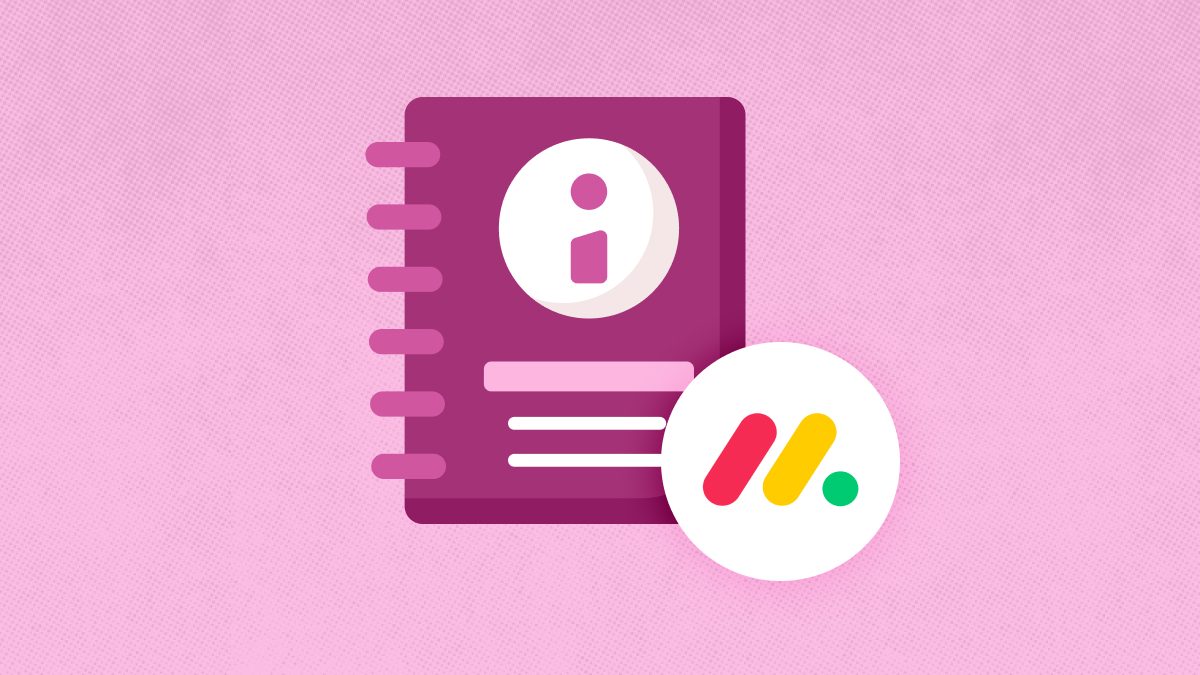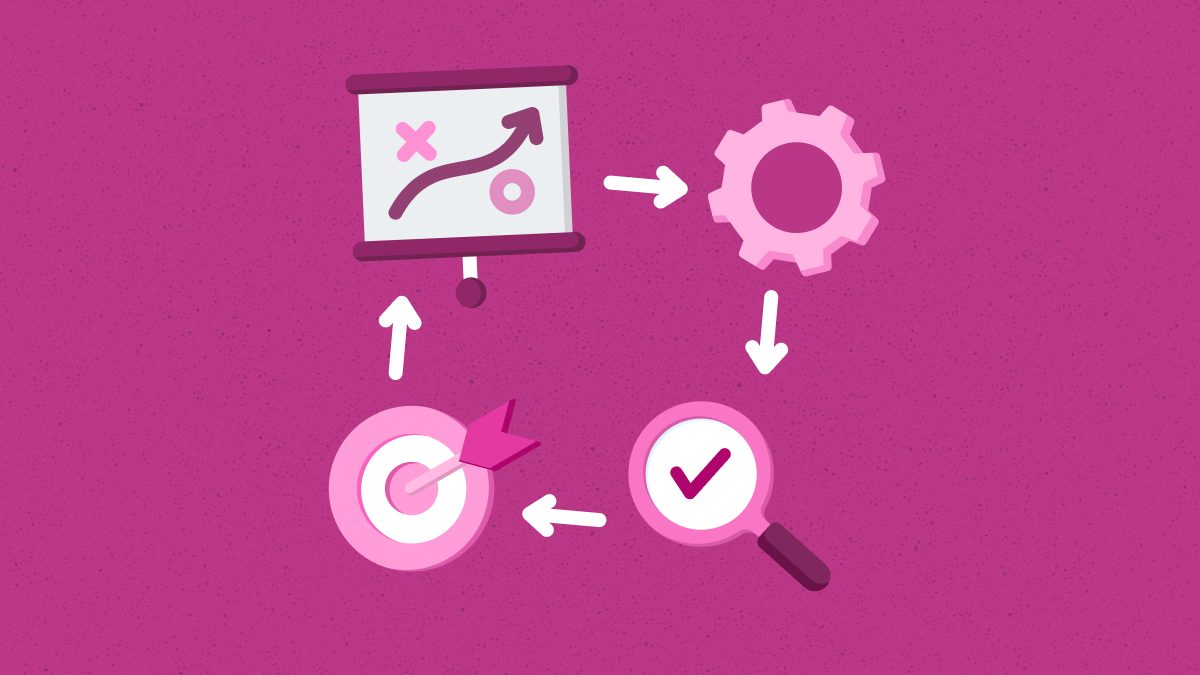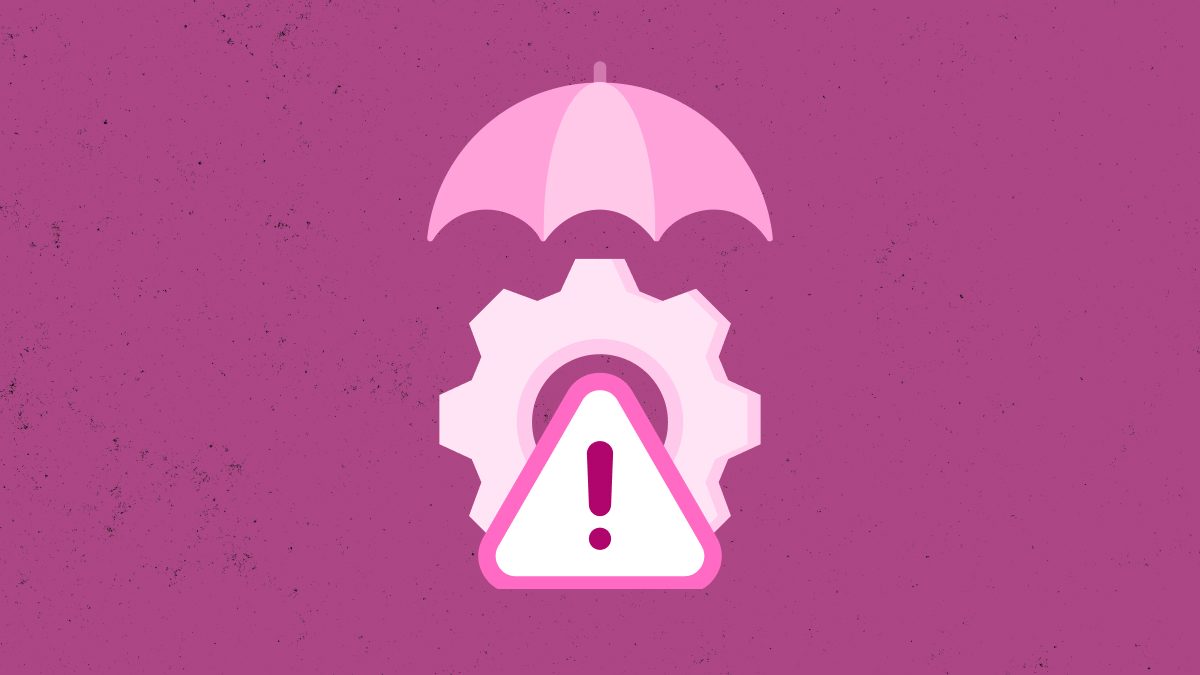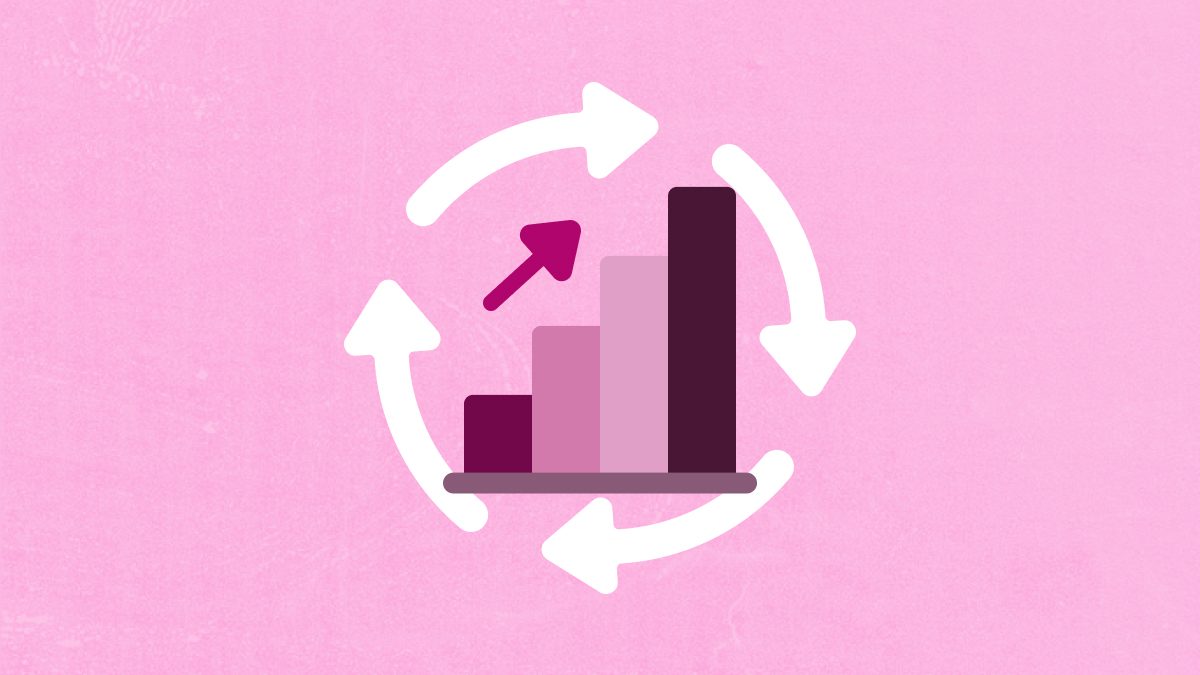Glossary about Risk Monitoring and Controlling
Risk Monitoring and Controlling
Risk Monitoring and Controlling
Risk is a factor that every business should handle tactically. If not, it can have worsened the impact it was already going to have on the company. Therefore, it is essential to know what you, the business have to face in the upcoming time.
The impact of risk can be reduced using risk mitigation. However, it is also vital to carry out risk monitoring and control. This ensures minimum impact done by the threat to the business.
What Is Risk Monitoring and Controlling?
Risk monitoring and controlling refer to a process that helps businesses identify risks. Then, plan on the suitable method to deal with the threats.
This process is essential to carry out before starting a project. The start of the project helps everyone understand and accept what risks they have to face to carry out everything successfully. As every step and stage of the project can bring various risks, this process helps plan the impact it will have.
Why Is Risk Monitoring and Controlling Carried Out?
The process of risk and controlling serves many purposes to achieve many objectives. The broad goal of this process is to mitigate and eliminate risks. However, it is not the only one.
The process ensures the validity of the assumptions regarding the risks before the project starts. Validation is vital as many resources are used for those risks.
What factors trigger risk is also essential to identify. It helps to make sure that the response actions are practical. The future risk triggers can easily be identified.
Everything is done in a pattern, and understanding the pattern can open many doors to different possibilities. The risk monitoring and controlling process help analyze trends and patterns in risks. Without this process, a business is not powerful enough to understand its risk plans.
The Process of Risk Monitoring and Controlling
In a project, there are various stages that it has to go through to reach completion. Every stage has its own risk and impact on the project and organization. That is why there are distinct stages of risk monitoring and controlling.
Here are the phases or processes of risk monitoring and controlling.
Risk Management Plan
This is known as the initial stage of risk control in any project. Experts and project managers carry this out to foresee the risks. The main goal is to outline the possible risks and threats.
Risk Register
The risk register can also be associated as storage for every detail about the risk. This helps provide comprehensive detail, and new risks can also be stored.
Variation, Change Orders and Change Requests
With slight changes during a project, there can be some changes in the risks and their impact. In addition, specific variations can lead to changes in work and create new risks.
Project Information and Communications
Managers frequently hear and see new information if the project is being carried out for a long time. In addition, the basic communication between the site and the office creates further risk information, which can implement new measures.
Assessment
In the end, project managers gather and should check how effectively the risk management plan works. This ensures what went wrong and right and how further risks can be reduced.
Final Words
Now you know how vital risk monitoring and controlling are. This is why many businesses use this process to make everything easier.




